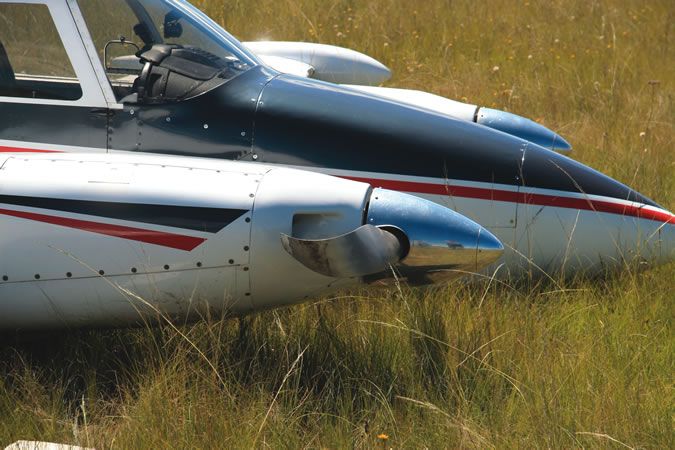Reviewing the terminal procedure charts, checking the obstacle clearance procedures and picking your preferred departure runway based on the terrain that gives you the greatest number of options if anything goes wrong is more than most non-commercial pilots do for instrument departures. It’s just so much easier to accept what controllers give us without question; they wouldn’t give us a clearance that could get us in trouble, would they?

And even if we do the research to pick the easiest return or the lowest terrain, many of us are loathe to wait a few minutes for an airplane to land on a crossing runway, or simply taxi to the other end of the field, even if it means we get the departure that’s optimal for us. We often don’t plan for failure—or even consider it. After enough single-pilot IFR flights going off without a hitch, it’s automatic to plan taxiing to the nearest runway and departing in the on-course direction.
Briefing departures is something we should have learned during our instrument training. Things to do include setting an approach procedure in the backup radios ready, to activate with the push of a button; briefing for an approach back into our departure airport before boarding the airplane; and keeping that approach chart immediately available during takeoff. But many do not continue to do this for long after earning our instrument rating. It takes time, it seems redundant, and we never have to make use of the information—it just doesn’t seem to be worth the time and effort.
Other things, like carrying paper copies of charts at least for our departure, emergency return approaches, destination and alternates seems wasteful in this era of panel-mounted charting and EFB software on mobile devices. But they can come in handy. That, or consider a backup EFB you can preload with an approach plate for the alternative.




